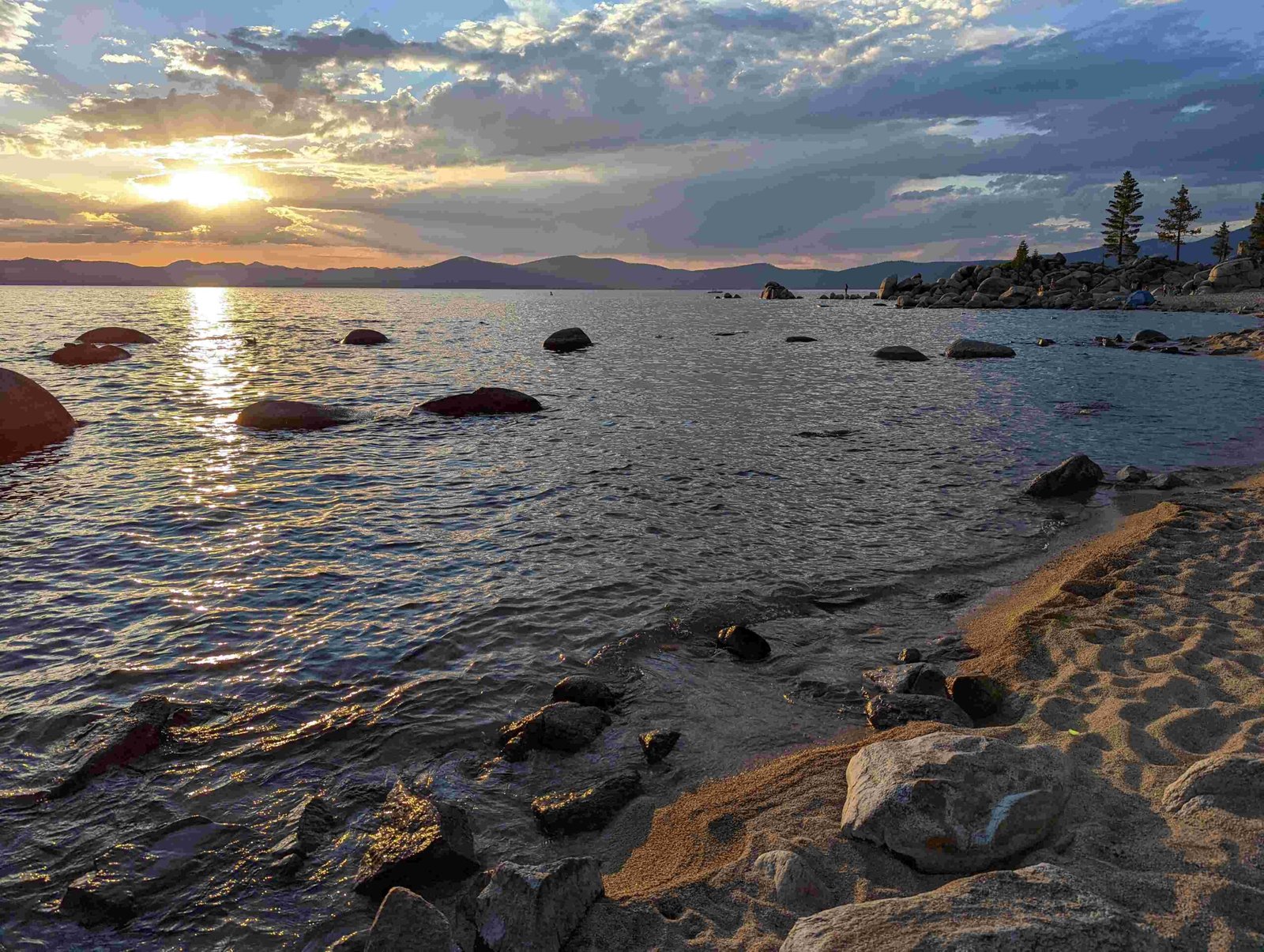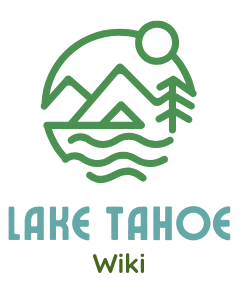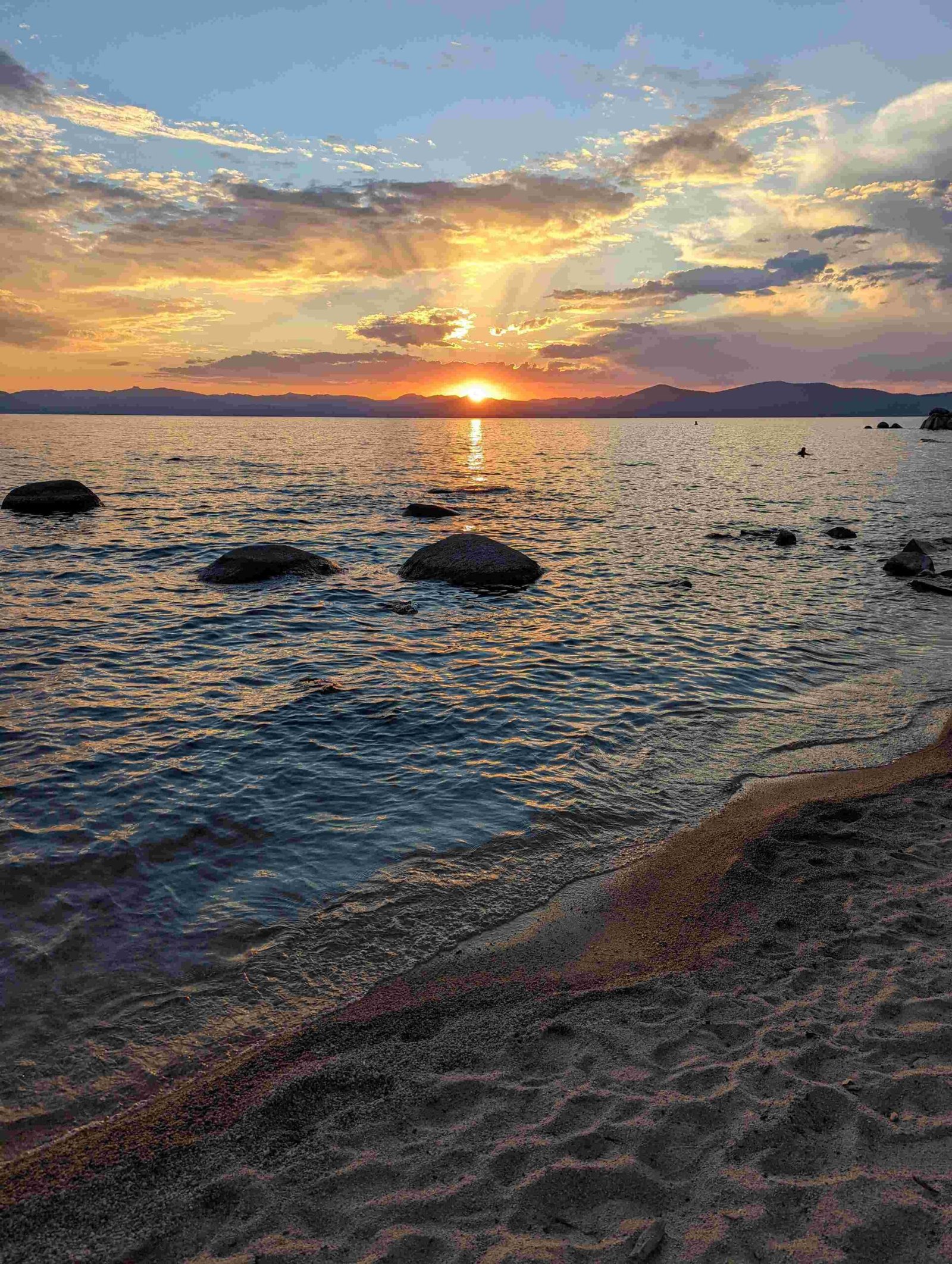Lake Tahoe, a pristine alpine lake straddling the California-Nevada border, has faced significant water loss challenges in recent years. Drought conditions, climate change, and increased water demand have contributed to declining water levels, impacting the ecosystem and local communities. This article explores the causes of Lake Tahoe’s water loss, its consequences, and potential solutions to preserve this natural wonder.
Why Is Lake Tahoe Losing Water?

Lake Tahoe’s water loss is primarily attributed to a combination of factors:
- Prolonged drought conditions
- Reduced snowpack in the Sierra Nevada mountains
- Increased evaporation due to rising temperatures
- Growing water demand from surrounding communities
The lake’s water level fluctuates naturally, but recent years have seen more frequent and severe drops below the natural rim, causing concern among environmentalists and local authorities.
How Much Water Has Lake Tahoe Lost?

While exact figures vary, Lake Tahoe has experienced significant water loss over the past decade:
- During severe drought years (2012-2016), the lake’s water level dropped by several feet.
- In 2021, the lake fell below its natural rim of 6,223 feet above sea level for the first time since 2016.
- At its lowest point in recent years, Lake Tahoe was approximately 6.5 feet below its full capacity.
It’s important to note that water levels can recover quickly with adequate precipitation, as evidenced by the lake reaching full capacity in 2019 after several wet winters.
What Are the Environmental Impacts of Lake Tahoe’s Water Loss?
The declining water levels in Lake Tahoe have far-reaching environmental consequences:
- Habitat Loss: As shorelines recede, crucial habitats for aquatic plants and animals are exposed and destroyed.
- Water Quality: Lower water levels can lead to increased water temperature and concentration of pollutants, affecting water quality.
- Algal Blooms: Warmer water temperatures and increased nutrient concentration can promote harmful algal blooms.
- Fish Populations: Reduced water levels can impact fish spawning areas and disrupt migration patterns.
- Forest Health: Drought conditions associated with water loss can stress surrounding forests, making them more susceptible to wildfires and pest infestations.
How Does Lake Tahoe’s Water Loss Affect Local Communities?
The impact of Lake Tahoe’s water loss extends beyond environmental concerns:
- Tourism: Lower water levels can affect beach access and water-based recreational activities, potentially reducing tourism.
- Economy: A decline in tourism can have significant economic repercussions for local businesses and communities.
- Water Supply: Communities relying on Lake Tahoe for water may face shortages or increased costs for water treatment.
- Property Values: Lakefront properties may see decreased values due to receding shorelines.
- Infrastructure: Marinas and boat ramps may require modifications or become unusable as water levels drop.
What Measures Are Being Taken to Address Lake Tahoe’s Water Loss?
Several initiatives are underway to combat Lake Tahoe’s water loss:
- Water Conservation Programs: Local authorities have implemented water-saving measures and education programs.
- Improved Water Management: More efficient water use and distribution systems are being developed.
- Ecosystem Restoration: Projects to restore wetlands and improve watershed health are ongoing.
- Climate Change Mitigation: Efforts to reduce greenhouse gas emissions and adapt to changing climate conditions are being pursued.
- Collaborative Partnerships: Various stakeholders, including government agencies, environmental groups, and local communities, are working together to address the issue.
Can Lake Tahoe Recover Its Lost Water?
Yes, Lake Tahoe can recover its lost water under the right conditions:
- Increased Precipitation: Above-average snowfall and rainfall can quickly replenish the lake’s water levels.
- Reduced Evaporation: Cooler temperatures and increased cloud cover can slow evaporation rates.
- Improved Water Management: More efficient use of water resources can help maintain higher lake levels.
- Long-term Climate Trends: While short-term recovery is possible, long-term trends in climate change may continue to pose challenges.
What Can Individuals Do to Help Preserve Lake Tahoe’s Water?
Everyone can contribute to preserving Lake Tahoe’s water:
- Conserve Water: Practice water-saving habits at home and when visiting the lake area.
- Support Conservation Efforts: Participate in or donate to local conservation organizations.
- Reduce Carbon Footprint: Take steps to minimize personal contributions to climate change.
- Educate Others: Spread awareness about Lake Tahoe’s water issues and conservation needs.
- Follow Regulations: Adhere to local water use restrictions and environmental guidelines when in the area.
Conclusion
Lake Tahoe’s water loss is a complex issue with far-reaching implications for the environment and local communities. While natural fluctuations and climate change pose ongoing challenges, concerted efforts from individuals, communities, and governing bodies can help mitigate the impacts and work towards a sustainable future for this iconic alpine lake. By understanding the causes and consequences of Lake Tahoe’s water loss, we can all play a part in preserving this natural treasure for generations to come.
References:
1. Lake Tahoe Water Level
2. New USDA Report Shows Lake Tahoe Will Be Full This Year
3. Nevada Water Supply Outlook Report May 1, 2024

